Frame Size
Find the perfect fit for you!
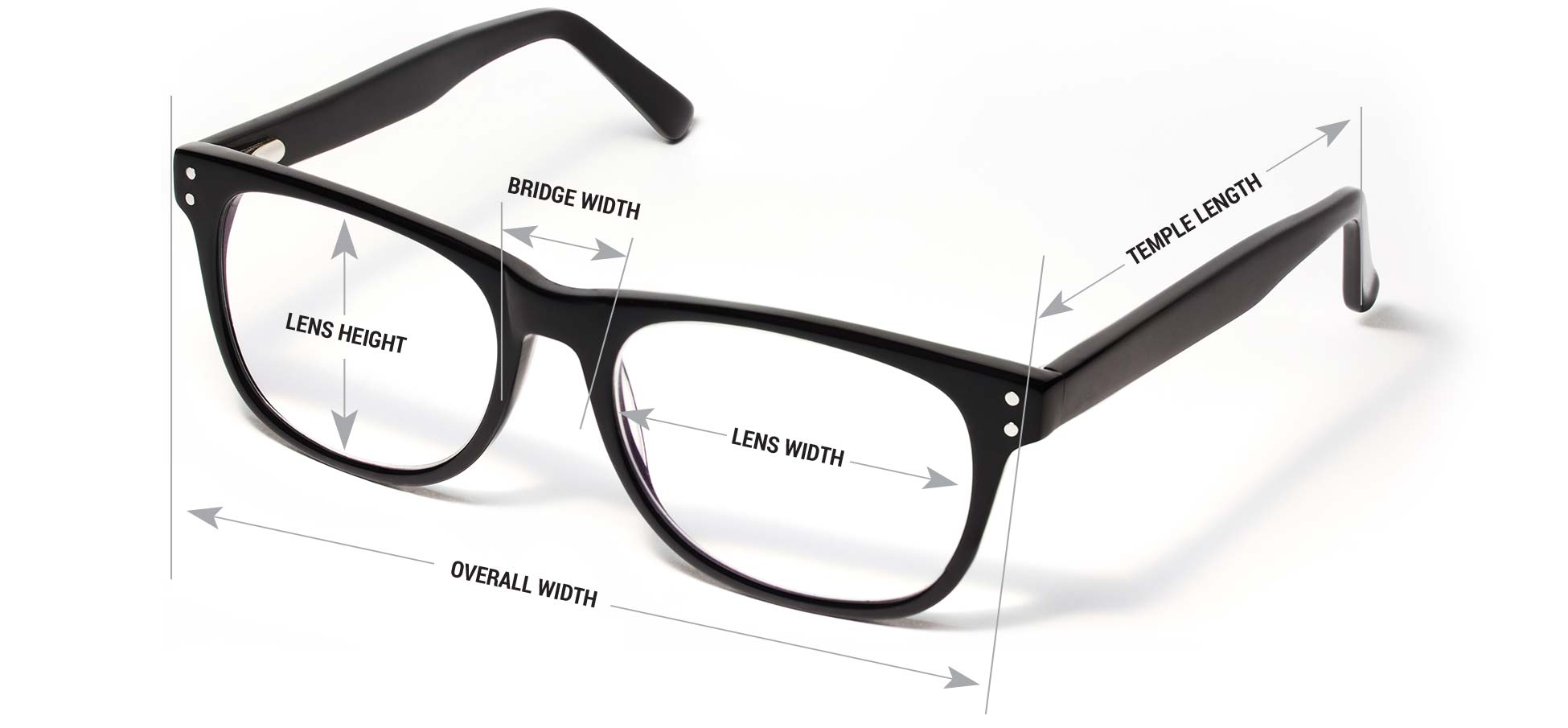
Lens Width
The distance between the vertical sides of a lens shape is referred to as lens width. You can usually find lens width and bridge width sizes by looking on inside of the frame on your current pair of glasses (check the arms or the bridge).
Bridge Width
Bridge width usually refers to either the minimum horizontal distance between the nasal surfaces of the rims on a plastic or metal frame, or the minimum horizontal distance between the nasal surfaces of the lenses in rimless frames. Various adjustments can be made in order to create a comfortable fit, if a frame has adjustable nose pads on metal arms. See Padding Distance instructions below.
Padding Distance
Knowing whether to increase or decrease the spacing between the padding and the frame to properly and comfortably fix your face.
Increase the distance between the pads when:
- The size of the frame sits too high on your face
- The bifocal segments or distance section of a progressive lens are too high
- The bridge is too small a fitting for the nose
- The distance from the lens to the eye is too far
Decrease the distance between the pads when:
- The frame sits too low on the face
- The bifocal segments or distance section of a progressive lens are too low
- The bridge sits too low for on the nose
Temple Length
Measured from the dowel point to the extreme end of the side, arm length is made up of the distance to the bend and the distance of the drop to give the overall length of each arm.
When choosing new frames look for your current frame sizes by looking for the printed measurements under the arm or bridge.
Example: 43-19-123
- The lens width is 43 (mm)
- The bridge width is 19 (mm)
- The overall length of the arm is 123 (mm)
Overall Width
Another measurement to consider would be the overall width of the frames. This is figured by using the sum of the lens width times two and the bridge width. You will also want to figure in factors such as how far the lug nuts are from the frame and the thickness of the frame rims. It is important to note, aside from two times the lens width plus the bridge width the overall width is also dictated by factors such as the thickness of the rims of the frames and how swept out the lugs are from the frame.
Fitting & Face Shape Guide
1,000’s of Frame Styles and Sizes Delivered to YOU!
Face Size
Find the perfect fit for you!
Choose the right frame for the shape of your face.
When choosing a new pair of eyeglasses or sunglasses, you want to pick a frame shape that will flatter your face shape and draw away from any imperfections. Use this handy guide to help pick the perfect frames.
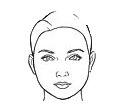
Round Faces
Choose frames that are rectangular and narrow to give your face a thinner, longer look.
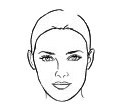
Oval Faces
While most frames will suit this face shape, be sure to choose frames that are as wide as the broadest part of your face.
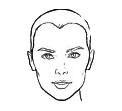
Heart-Shaped Faces
Try narrow round frames to soften the forehead or bottom-heavy rectangle frames to add width to the lower part of the face.
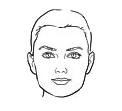
Square Faces
Try narrow oval frames that have more width then depth to help give your face longer, softer angles.
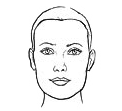
Oblong Faces
Select oval or round frames that have more depth than width in order to help your face appear shorter and more balanced.
Join Our Email Promotions
Receive a 10% discount off your first pair of frames with prescription lenses.
Use Code: SAVE10 at checkout.
Cannot be combined with other discounts.

